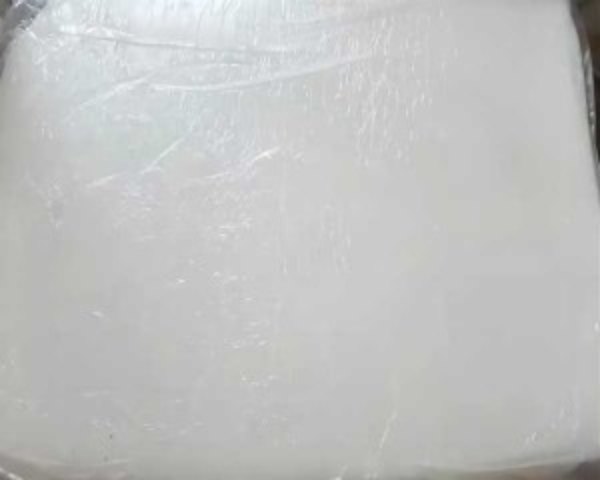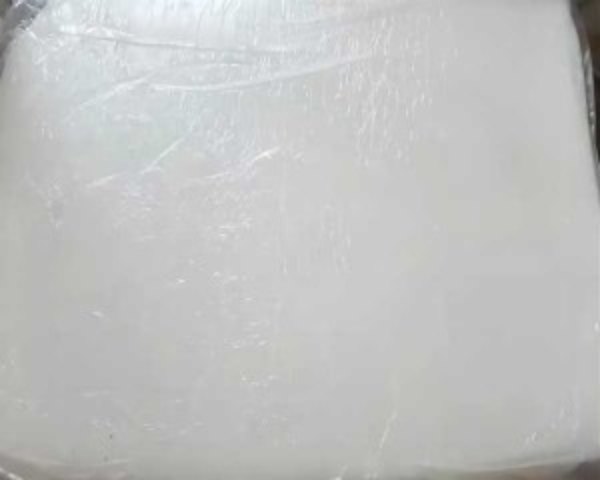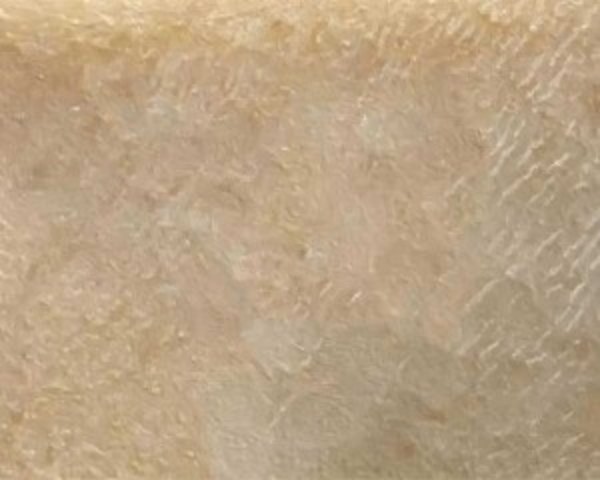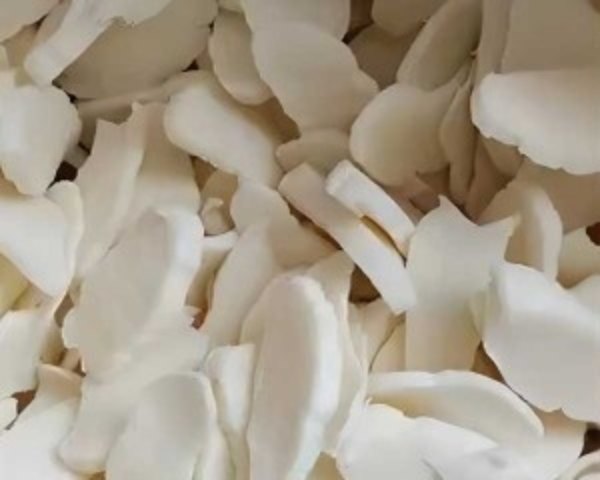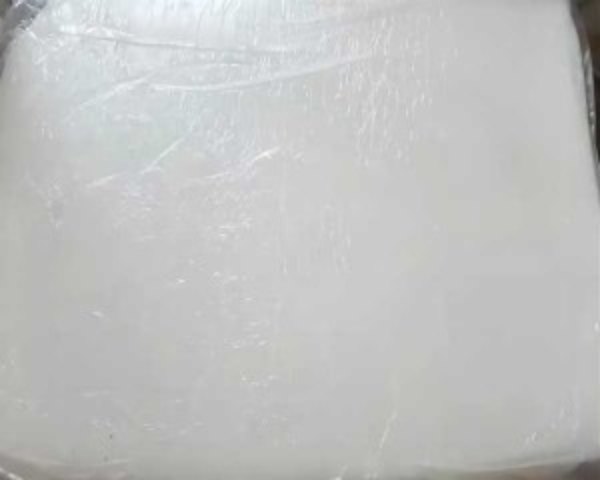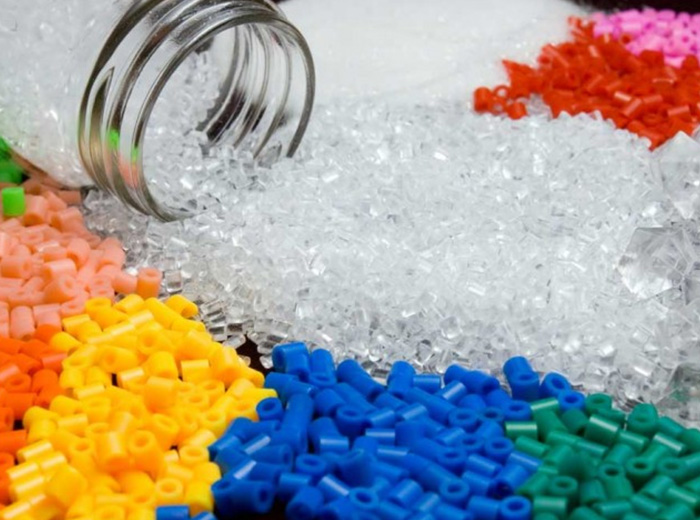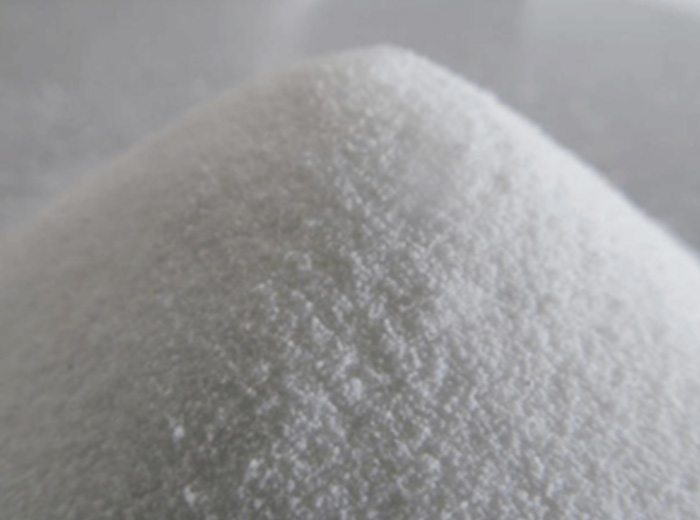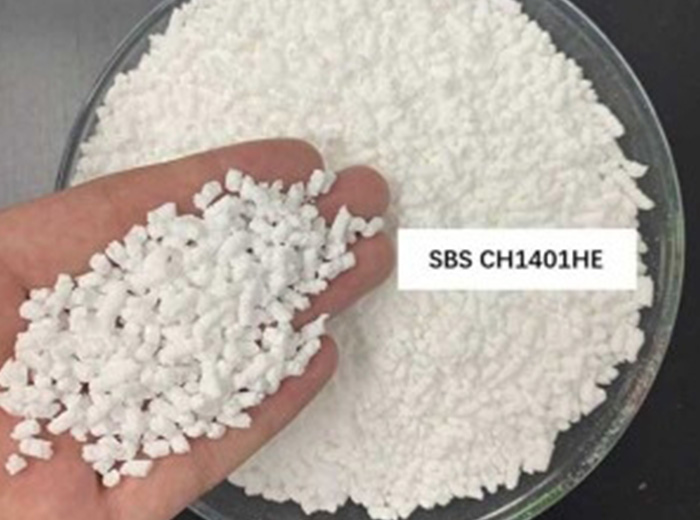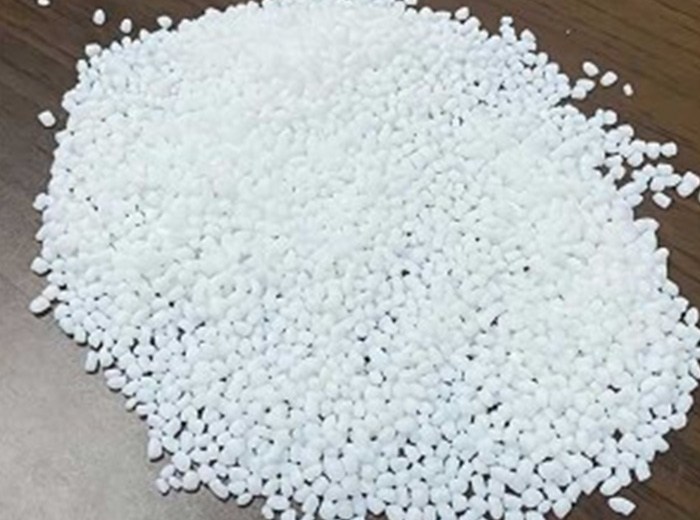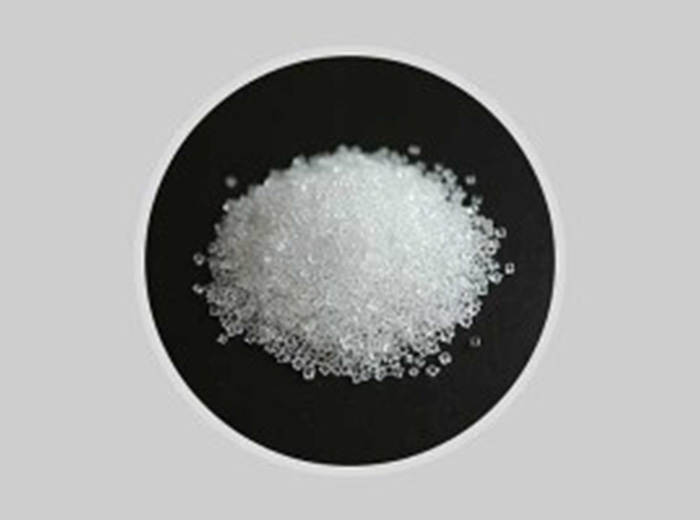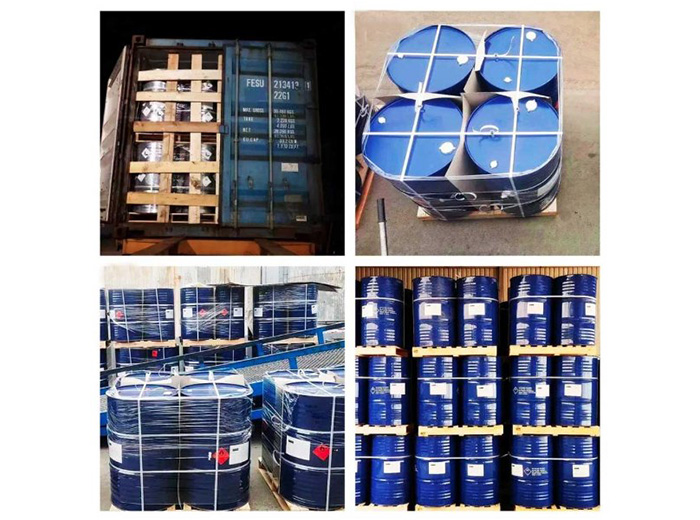Characteristics:
- Chemical Diversity: The rubber encompasses a variety of polymers, such as styrene-butadiene rubber (SBR), polybutadiene rubber (BR), and ethylene-propylene-diene rubber (EPDM), each designed for specific applications.
- Tailored Properties: Formulations can be customized to meet precise requirements, including variations in elasticity, durability, heat resistance, and chemical resistance, allowing for a broad spectrum of applications.
- Consistent Quality: The rubber production ensures uniformity in material properties, providing manufacturers with a reliable and predictable raw material for their products.
- Oil Resistance: Many rubber types exhibit superior resistance to oils and greases, making them ideal for applications in automotive components, gaskets, and hoses.
- Temperature Stability: Certain rubbers, like chloroprene rubber (CR) and nitrile rubber (NBR), excel in maintaining stability and flexibility across a wide range of temperatures.
- Abrasion Resistance: Designed to withstand wear and tear, synthetic rubber is often chosen for applications requiring resistance to abrasion, such as conveyor belts and industrial hoses.
- Environmental Adaptability: The rubber can be engineered to resist aging, degradation, and environmental influences, ensuring prolonged service life in various conditions.
- Cost-Effective Manufacturing: The rubber production allows for efficient and cost-effective manufacturing processes, contributing to the affordability of end-products.
- Reduced Allergenicity: Unlike natural rubber, synthetic rubber minimizes the risk of allergic reactions, making it a preferred choice in applications where allergies are a concern.
What is Synthetic Rubber
Synthetic rubber stands as a testament to human ingenuity in replicating the desirable properties of natural rubber through chemical processes. Developed to address limitations in supply and to meet specific performance criteria, synthetic rubber has become a cornerstone in numerous industries. Offering a versatile alternative to natural rubber, synthetic rubber exhibits a wide range of formulations tailored to diverse applications, including automotive tires, industrial seals, and consumer goods. From customizable formulations to superior resistance properties, synthetic rubber stands as a reliable and adaptable alternative to natural rubber.
Innovations such as solution polymerization and emulsion polymerization techniques have allowed for the precision engineering of synthetic rubber with unprecedented control over molecular structures. This fine-tuning enables the creation of synthetic rubber variants with enhanced properties, including improved resilience, reduced rolling resistance in tires, and heightened chemical resistance.
Characteristics:
- Chemical Diversity: The rubber encompasses a variety of polymers, such as styrene-butadiene rubber (SBR), polybutadiene rubber (BR), and ethylene-propylene-diene rubber (EPDM), each designed for specific applications.
- Tailored Properties: Formulations can be customized to meet precise requirements, including variations in elasticity, durability, heat resistance, and chemical resistance, allowing for a broad spectrum of applications.
- Consistent Quality: The rubber production ensures uniformity in material properties, providing manufacturers with a reliable and predictable raw material for their products.
- Oil Resistance: Many rubber types exhibit superior resistance to oils and greases, making them ideal for applications in automotive components, gaskets, and hoses.
- Temperature Stability: Certain rubbers, like chloroprene rubber (CR) and nitrile rubber (NBR), excel in maintaining stability and flexibility across a wide range of temperatures.
- Abrasion Resistance: Designed to withstand wear and tear, synthetic rubber is often chosen for applications requiring resistance to abrasion, such as conveyor belts and industrial hoses.
- Environmental Adaptability: The rubber can be engineered to resist aging, degradation, and environmental influences, ensuring prolonged service life in various conditions.
- Cost-Effective Manufacturing: The rubber production allows for efficient and cost-effective manufacturing processes, contributing to the affordability of end-products.
- Reduced Allergenicity: Unlike natural rubber, synthetic rubber minimizes the risk of allergic reactions, making it a preferred choice in applications where allergies are a concern.
More Synthetic Rubber Types and Applications
BIIR 2828, a brominated butyl rubber, is a synthetic rubber characterized by its low Mooney viscosity. It is derived from a copolymer of isobutylene and isoprene that has been brominated.
BIIR 2828 is a synthetic rubber with low Mooney viscosity, a brominated copolymer of isobutylene and isoprene.
CIIR 1338 is a synthetic rubber featuring a low Mooney viscosity, identified as a chlorinated copolymer of isobutylene and isoprene.
CIIR 1338 is a synthetic rubber with low Mooney viscosity, a chlorinated copolymer of isobutylene and isoprene.
Nitrile butadiene rubber, commonly abbreviated as NBR, is a distinctive elastomer formed through the polymerization of a butadiene radical emulsion with 15 to 45% acrylonitrile, either in warm (warm rubber) or cold (cold rubber) conditions. China and Taiwan stand as significant producers of NBR.
SBR-1502, a clean and non-oil-filled styrene-butadiene rubber, exhibits a light color and boasts commendable tensile strength, abrasion resistance, and flexibility.

